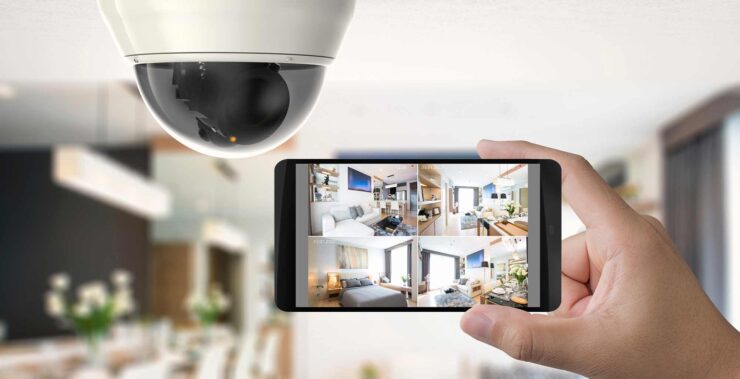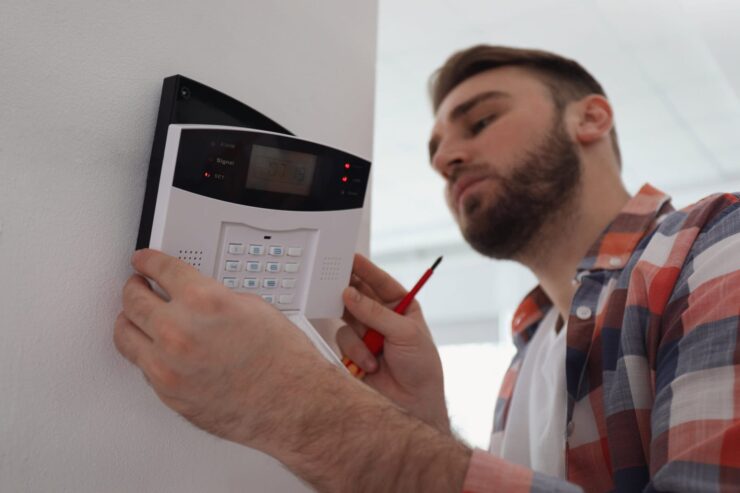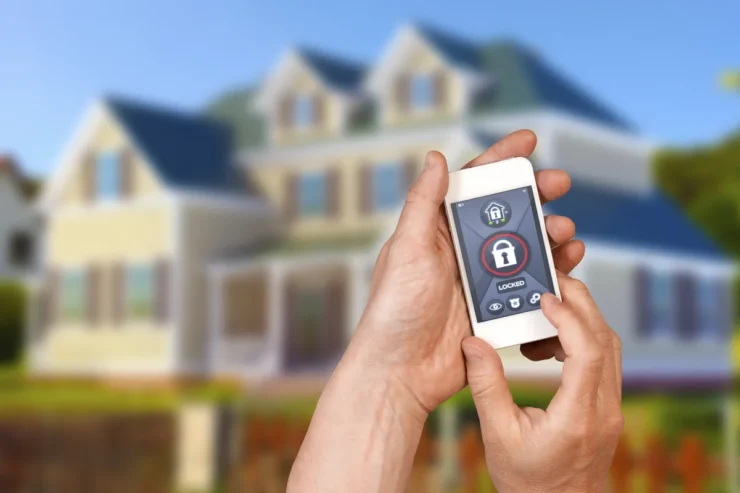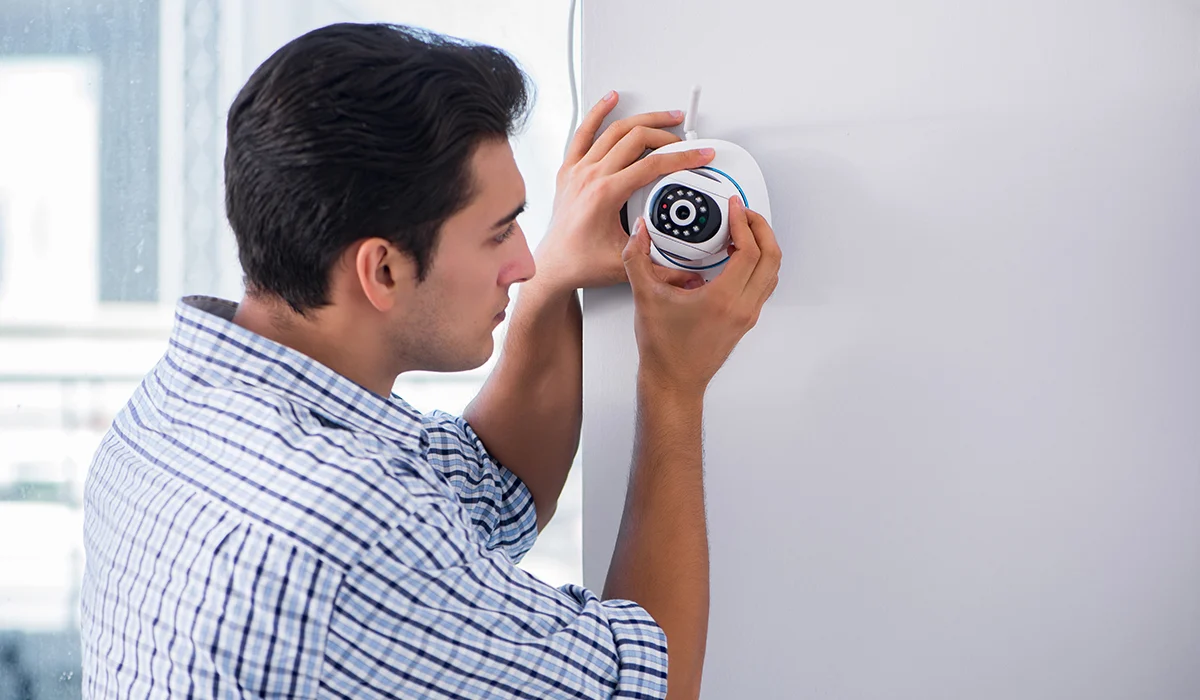Improved technology and lower prices have put home security systems within the reach of more U.S. households. Home security systems are no longer limited only to the upper classes. But with wider availability comes the very real risk of investing in a system that does not truly meet one’s needs.
How can homeowners avoid the trap of spending on home security and not getting their money’s worth? By not jumping into things quickly. A better strategy is to take some time to think about home security from every angle.
Here are five things that homeowners should think long and hard about before installing a home security system:
1. How Much They Can Truly Afford

I hate to start with money, but it is a big factor for many households. Homeowners should think long and hard about the amount they can truly afford to put into their home security systems. The big issue here is that it’s possible to spend a ton of money.
Just one example is the humble home security camera. Entry level cameras are affordably priced. But a homeowner can spend a lot of money on a top-of-the-line camera offering all the bells and whistles. Neither choice is right or wrong in and of itself.
That said, experts generally advise installing enough exterior cameras to provide coverage of the entire outside of the house. Does a homeowner’s budget support top-of-the-line cameras, or are entry level models more appropriate? If a homeowner doesn’t know how much he can truly afford, he runs the risk of spending too much and not getting enough value in return.
2. Who Will Monitor the System
A home security system is only as effective as the monitoring that goes along with it. Think of it this way: an unmonitored system is little more than a noise-making alarm. It is not going to do much in a day and age when people have learned to ignore extemporaneous sounds.
One option for monitoring is professional service. Vivint Home Security is a nationwide provider of professionally monitored home security. The company is not alone. There are scores of other national and regional home security providers that offer professional monitoring.
Self-monitoring is the other option that most people choose. While self-monitoring doesn’t cost a dime, it does require a certain level of commitment among homeowners willing to pay attention to their phones at all hours of the night and day.
3. How Installation Will Be Handled

Next up is how a home security system will be installed. Bring in a company like Vivint Smart Home and professional installation will be part of the package. The homeowner’s only responsibility is to be there when the installation crew arrives. Technicians will install the system and then walk the homeowner through using it.
This is the way to go for a homeowner who lacks any technical abilities. Professional installation is ideally suited for people who struggle with tasks like programming a thermostat and adding a new device to a local Wi-Fi network.
Homeowners with a modicum of digital DIY skills might consider self-installation. There is no shortage of DIY home security systems on the market, systems that rely on wireless technology to function.
A homeowner capable of setting up a smartphone or connecting a computer to a home network would probably not struggle too much with DIY home security. In fact, the bigger issue for tech-minded homeowners is device placement. Where should cameras be installed? What is the best position for a window sensor?
4. Security Strategies and Priorities

Homeowners should take some time to think about their security strategies and priorities prior to investing in equipment. This goes back to budget. Assuming a homeowner cannot afford to invest in every possible device, knowing priorities dictates strategies. And strategies dictate the devices a homeowner will invest in.
As a disabled person, one of my home security priorities is smoke and carbon monoxide detection. I need as much advance warning as possible should I ever have to quickly get out of the house. Therefore, it is worth it to me to have smoke and carbon monoxide detectors that are fully integrated with my security system.
I have a friend who runs a small business out of his house. He has converted his garage into a combination office and workshop. One of his priorities is to protect that space against burglary. So he has invested more money in video cameras and motion sensors.
Finally, another friend of mine invited her senior parents to come live with her and her family some years ago. As their health has steadily declined, one of her big priorities has been keeping them safe. She has invested in a medical alert system that is fully integrated with her home security package.
5. Potential Home Automation Integration

The last item on my list is the possibility of eventually integrating home automation. Two decades ago, this wasn’t something homeowners had to think about. What we consider modern home automation was still in its infancy back then, and very few companies were talking about integrating automation and security. Things are different today.
Vivint Smart Home offers fully integrated systems that cover both security and smart home convenience. All the equipment they sell is fully compatible and integrable. Every Vivint device a homeowner purchases works with every other Vivint device. Why is this important? Because not all home automation and security devices play well together.
If a homeowner plans to include home automation at a later date, it’s wise to purchase security equipment that can be integrated with automation equipment of similar quality. That could mean choosing a particular brand and then sticking with it for both security and automation. The alternative, building piecemeal and hoping for the best, might not turn out so well.
There isa lot to think about in the arena of modern home security. If you are planning to install a system, take your time. Learn everything you can and then make thoughtful decisions.

